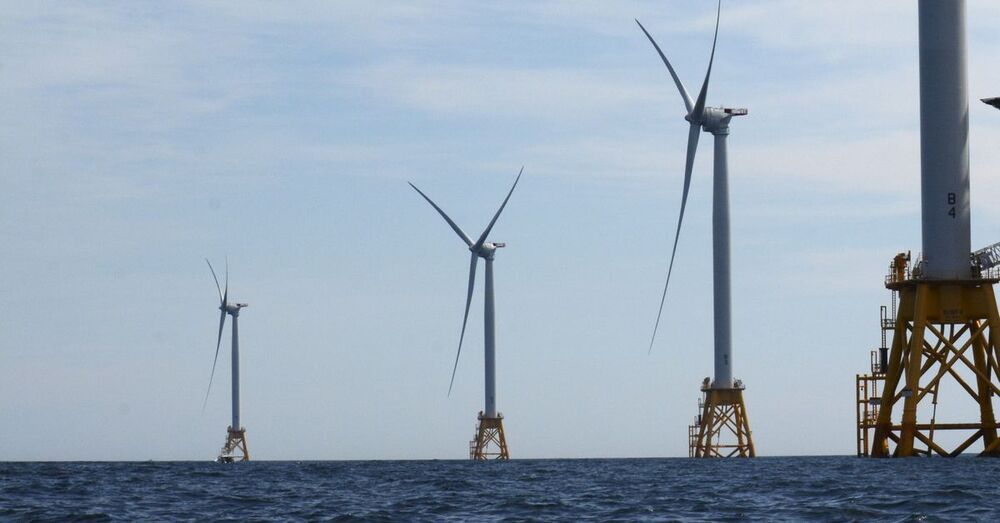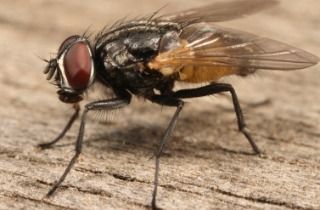China’s Chang’e 5 spacecraft completed a historic delivery of moon rocks to Earth late last year, but the mission is still continuing with experiments in deep space, with a visit to Sun-Earth Lagrange point 1.



Got milk?
Hoping to capitalise on a surge in demand for home deliveries, a Singapore technology company has deployed a pair of robots to bring residents their groceries in one part of the city state.
Developed by OTSAW Digital and both named “Camello”, the robots’ services have been offered to 700 households in a one-year trial.
Users can book delivery slots for their milk and eggs, and an app notifies them when the robot is about to reach a pick-up point — usually the lobby of an apartment building.


The current revolution in space flight and other developments for Mars Colonization. See what visionary and lead space activist Dr. Robert ‘Bob’ Zubrin has to say about these and many other driving topics!
You can support Galactic Gregs by supporting the sister channel Green Gregs by clicking the links below:
For your space habitat garden buy worms at greengregs.com!
See the Special Deals at My Patriot Supply (great space mission food): www.PrepWithGreg.com.
For gardening in your space habitat (or on Earth) Galactic Gregs has teamed up with True Leaf Market to bring you a great selection of seed for your planting. Check it out: http://www.pntrac.com/t/TUJGRklGSkJGTU1IS0hCRkpIRk1K

The Biden administration on Monday said it has approved a major solar energy project in the California desert that will be capable of powering nearly 90000 homes.
The $550 million Crimson Solar Project will be sited on 2000 acres of federal land west of Blythe, California, the Interior Department said in a statement. It is being developed by Canadian Solar (CSIQ.O) unit Recurrent Energy and will deliver power to California utility Southern California Edison.
The announcement comes as President Joe Biden has vowed to expand development of renewable energy projects on public lands as part of a broader agenda to fight climate change, create jobs and reverse former President Donald Trump’s emphasis on maximizing fossil fuel extraction.

A Dutch couple have become the proud new tenants of the country’s first ever 3D-printed house.
Elize Lutz and Harrie Dekkers have been given the digital key to the gray, boulder-shaped building in the Bosrijk neighborhood of Eindhoven, in the southern Netherlands.
The single-story home has more than 1000 square feet of floor area, with a spacious living room and two bedrooms.

When the four-decades-old Voyager 1 and Voyager 2 spacecraft entered interstellar space in 2012 and 2018, respectively, scientists celebrated. These plucky spacecraft had already traveled 120 times the distance from the Earth to the sun to reach the boundary of the heliosphere, the bubble encompassing our solar system that’s affected by the solar wind. The Voyagers discovered the edge of the bubble but left scientists with many questions about how our Sun interacts with the local interstellar medium. The twin Voyagers’ instruments provide limited data, leaving critical gaps in our understanding of this region.
NASA and its partners are now planning for the next spacecraft, currently called the Interstellar Probe, to travel much deeper into interstellar space, 1000 astronomical units (AU) from the sun, with the hope of learning more about how our home heliosphere formed and how it evolves.
“The Interstellar Probe will go to the unknown local interstellar space, where humanity has never reached before,” says Elena Provornikova, the Interstellar Probe heliophysics lead from the Johns Hopkins Applied Physics Lab (APL) in Maryland. “For the first time, we will take a picture of our vast heliosphere from the outside to see what our solar system home looks like.”

A new study by American researchers from Kansas State University and Agricultural Research Service have alarmingly found that house flies can carry the SARS-CoV-2 coronavirus for up to 24 hours after exposure and are potential transmission vectors of the SARS-CoV-2 coronavirus!
House flies are known to transmit bacterial, parasitic and viral diseases to humans and animals as mechanical vectors. Previous studies have shown that house flies can mechanically transmit coronaviruses, such as turkey coronavirus; however, the house fly’s role in SARS-CoV-2 transmission was not explored until now. The goal of the study was to investigate the potential of house flies to mechanically transmit SARS-CoV-2.

DAYTONA BEACH, Fla. — An anonymous donor has made it easier for dogs at the Halifax Humane Society to find a forever home thanks to a cryptocurrency investment.
Halifax Humane Society Community Outreach Director Barry Kukes said the woman stopped by the shelter Saturday and paid all the adoption fees for dogs ready to be adopted out.
“Basically, had made a very wise investment in some cryptocurrency and had a windfall and said it changed her life that she wanted to do something nice,” he said.